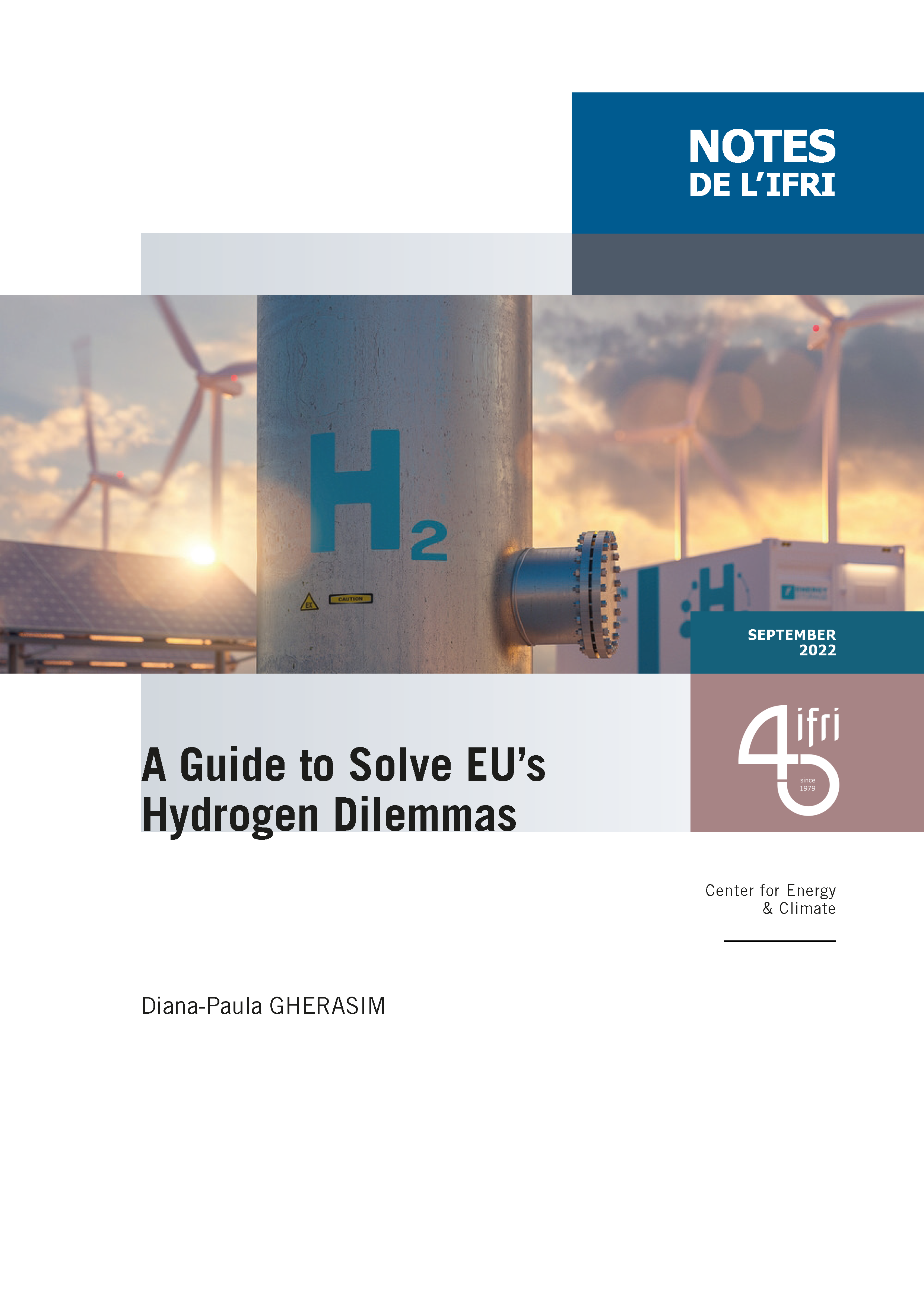A Guide to Solve EU’s Hydrogen Dilemmas

Facing multiple crises, the European Commission (EC), backed by European Union (EU) Member States, has embarked on a pathway to accelerate the decarbonization of the EU energy system, while fostering its resilience and accelerating the roll out of hydrogen and derivative by-products.

Hydrogen, especially of renewable origin, has been consolidating its position in the EU’s energy transition policies and envisaged trajectories, ever since the publication of the European Green Deal, followed by the Hydrogen Strategy for a climate-neutral Europe, and culminating with the Hydrogen Accelerator in the REPowerEU plan from May 2022. EU’s ambition in this field is intimidating: 20 mt of renewable H2 by 2030, half produced domestically, half sourced from imports. Political by nature at this stage, this objective has a guiding role, in the context of Russia’s invasion of Ukraine which forces the EU to accelerate the phasing out of its dependency on Russian fossil fuels, including by accelerating the energy transition and diversifying its energy supplies. In the longer term, H2 is to play a significant role in the European energy transition as it is estimated that its share in the EU’s energy mix in 2050 will stand at 13-14%.
H2 regulation issues and areas are multiple, highly complex and fragmented – more than 10 files and communications at the EU level with key negotiations are now underway. This results in a situation of regulatory uncertainty for the burgeoning sector, which can act as a brake for the H2 industry development. The fact that other countries (e.g. US’ Inflation Reduction Act) develop ambitions and frameworks to support H2 production and consumption, with several large projects already underway, should be a reminder about the competition lying ahead for securing and leading on decarbonization technologies and standards. While all the pieces must be matched successfully to solve the puzzle, the most critical areas to be addressed concern definitions, incentivizing mechanisms and infrastructure. If the EU is to set international standards and be attractive, it must be clear and convincing.
At a time when major policy and regulation design and implementation are underway, not least as part of the adoption process of the “Fit for 55” package, this note focuses on what can be reasonably done to achieve the above-mentioned targets with an emphasis on regulation and certification, and what is required to ensure clarity, coherence and coordination so as to allow this nascent industry to develop.
Download the full analysis
This page contains only a summary of our work. If you would like to have access to all the information from our research on the subject, you can download the full version in PDF format.
A Guide to Solve EU’s Hydrogen Dilemmas








